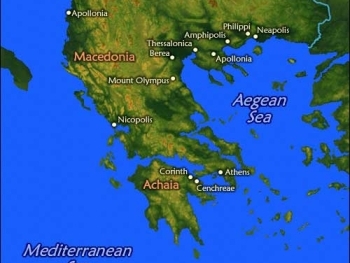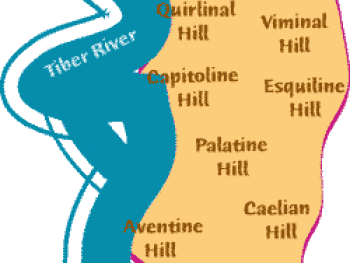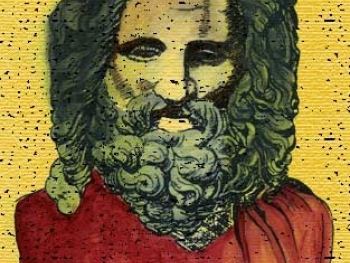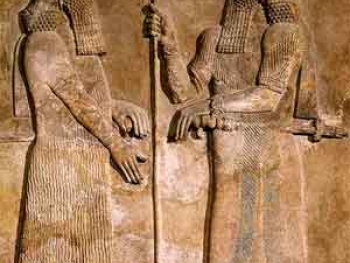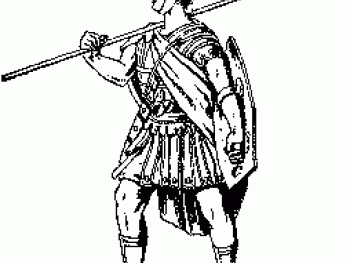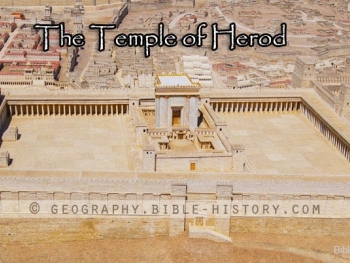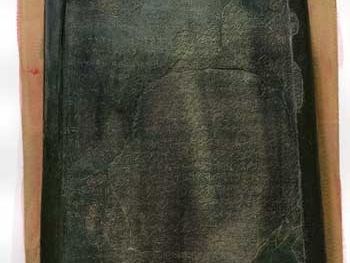The Bible does not provide specific details about Abraham's dress or clothing. However, we can infer some general information about the attire of people during that time period and cultural context.
Abraham lived during the early second millennium BCE, a time when the clothing styles and materials varied depending on the region and social status. In the ancient Near East, including the area where Abraham resided, clothing was typically made from natural materials such as wool, linen, and leather.
We can draw some insights from other biblical passages that mention clothing. For example, in Genesis 37:3, Jacob gifts Joseph with a "coat of many colors," indicating that a person of wealth and prestige might possess distinctive clothing.
It is reasonable to assume that Abraham, as a person of influence and prominence, would have worn garments appropriate to his status. However, the specific details of his attire are not provided in the biblical text.
Ultimately, while we cannot provide precise details about how Abraham was dressed, we can gather that his clothing would have aligned with the customs and fashion of his time and societal standing.
